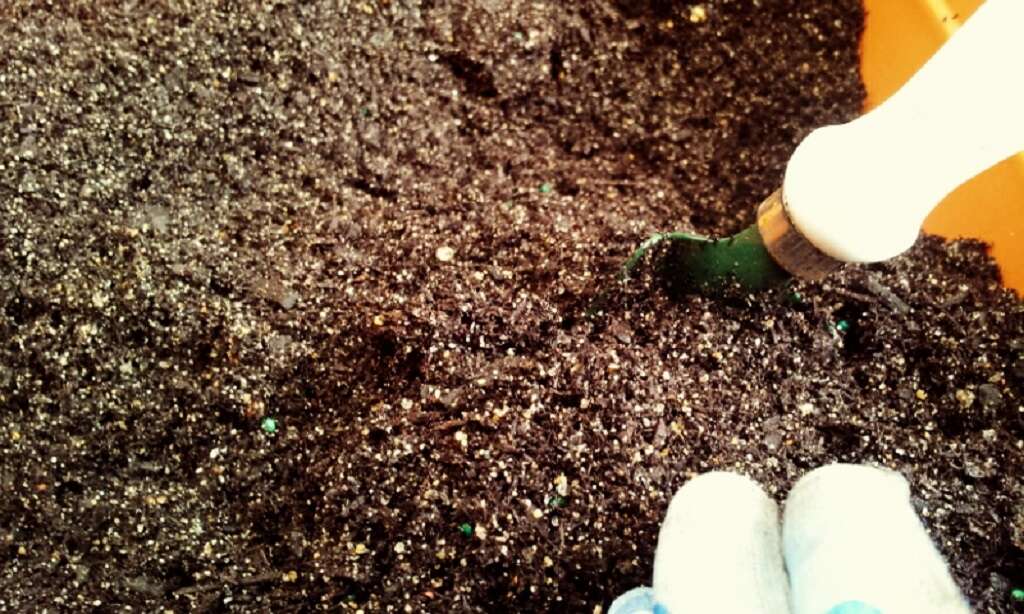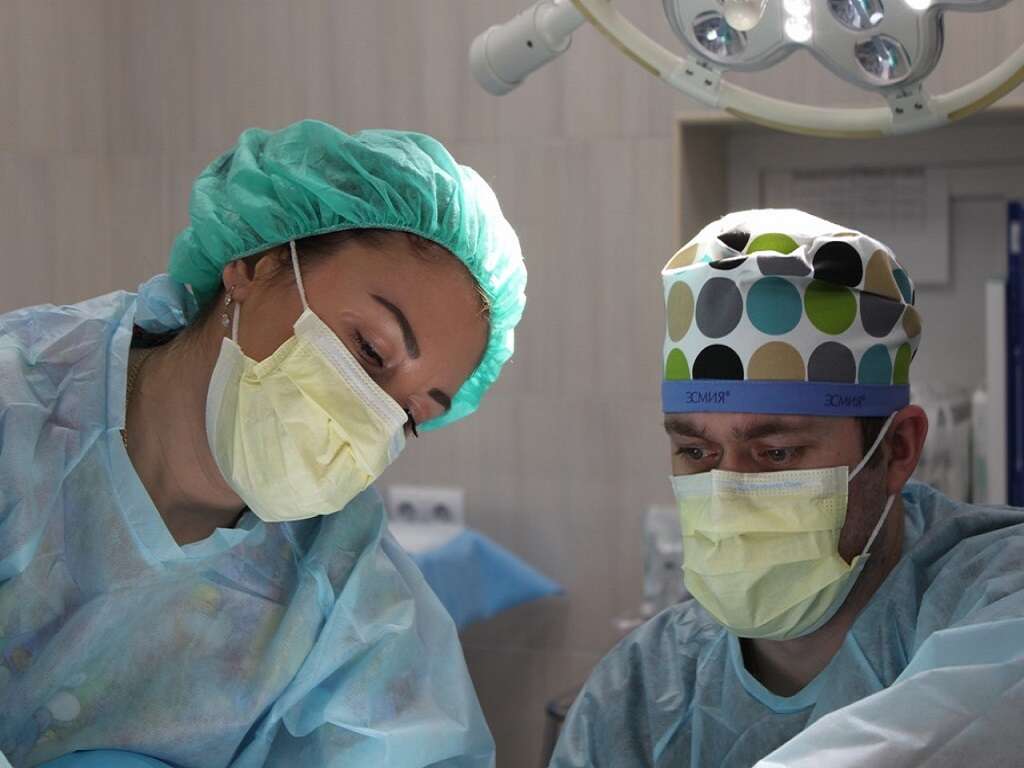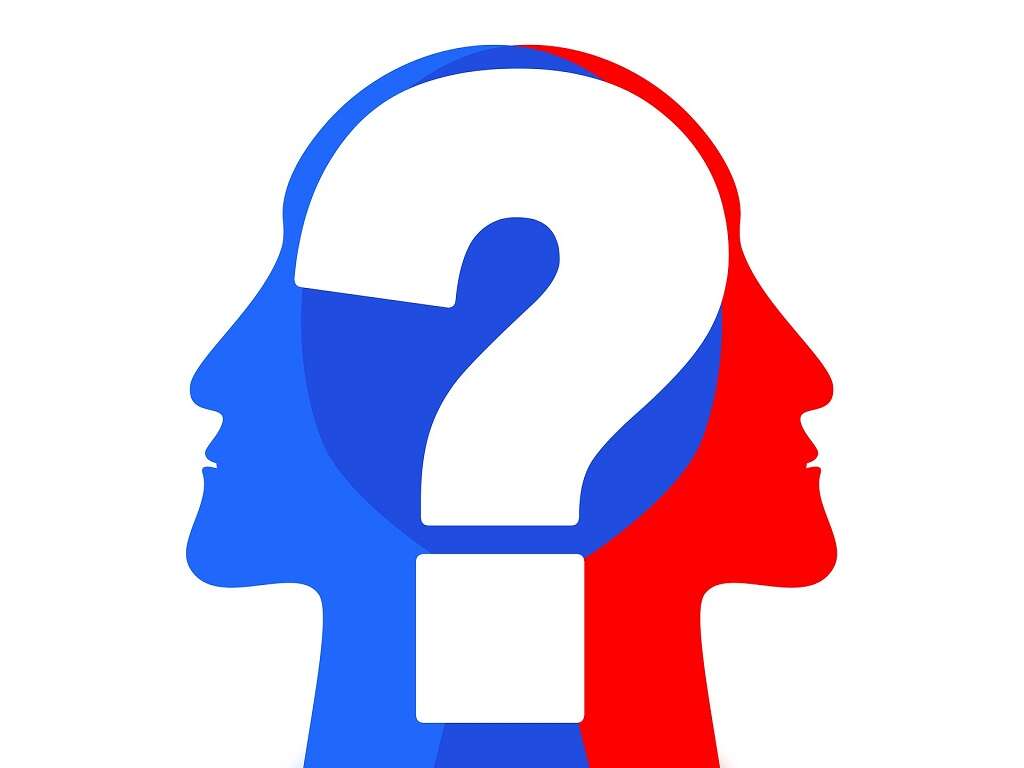Blastomycosis Definition, Symptoms and More
 Article Sources
Article Sources
- 1. 'About Blastomycosis.' Minnesota Dept. of Health, www.health.state.mn.us/diseases/blastomycosis/basics.html.
- 2. 'Blastomycosis.' Centers for Disease Control and Prevention, Centers for Disease Control and Prevention, 29 Dec. 2020, www.cdc.gov/fungal/diseases/blastomycosis/index.html.
- 3. 'Blastomycosis.' NORD (National Organization for Rare Disorders), rarediseases.org/rare-diseases/blastomycosis/.
- 4. Coleman, John. 'Blastomycosis.' American Thoracic Society, Sept. 2018, www.thoracic.org/patients/patient-resources/resources/blastomycosis.pdf.
- 5. Blastomycosis (Gilchrist Disease; North American Blastomycosis) By Sanjay G. Revankar, et al. 'Blastomycosis - Infectious Diseases.' Merck Manuals Professional Edition, Merck Manuals, July 2019, www.merckmanuals.com/professional/infectious-diseases/fungi/blastomycosis.
Blastomycosis is a rare infection caused by the fungi Blastomyces dermatitidis or Blastomyces gilchristii. The infection can occur in people and animals.1‘About Blastomycosis.’ Minnesota Dept. of Health, www.health.state.mn.us/diseases/blastomycosis/basics.html. The fungi grow in moist soils and rotting organic matter, such as leaves and logs. They're particularly prevalent near waterways in the midwestern, south-central and southeastern United States, but they're also present in other countries, including Canada and India.2‘Blastomycosis.’ Centers for Disease Control and Prevention, Centers for Disease Control and Prevention, 29 Dec. 2020, www.cdc.gov/fungal/diseases/blastomycosis/index.html.
Also known as Gilchrist's disease and North American blastomycosis, this infection can affect various organs in the body, or it may be asymptomatic. Symptoms may resolve on their own within three weeks, or they may become chronic.3‘Blastomycosis.’ NORD (National Organization for Rare Disorders), rarediseases.org/rare-diseases/blastomycosis/.
1. Transmission of Blastomycosis
Activities such as excavation, construction and clearing wood disturb the fungal spores, causing them to float in the air. Once airborne, the spores may be inhaled into the body of a person or an animal, where they settle in the lungs. From there, the fungi may travel to other parts of the body. Sometimes the fungi enter the body through an open wound in the skin. In that case, the infection is localized to that specific area.
Blastomycosis isn't contagious. It doesn't spread from person to person, from animal to animal or from animals to people.1‘About Blastomycosis.’ Minnesota Dept. of Health, www.health.state.mn.us/diseases/blastomycosis/basics.html.
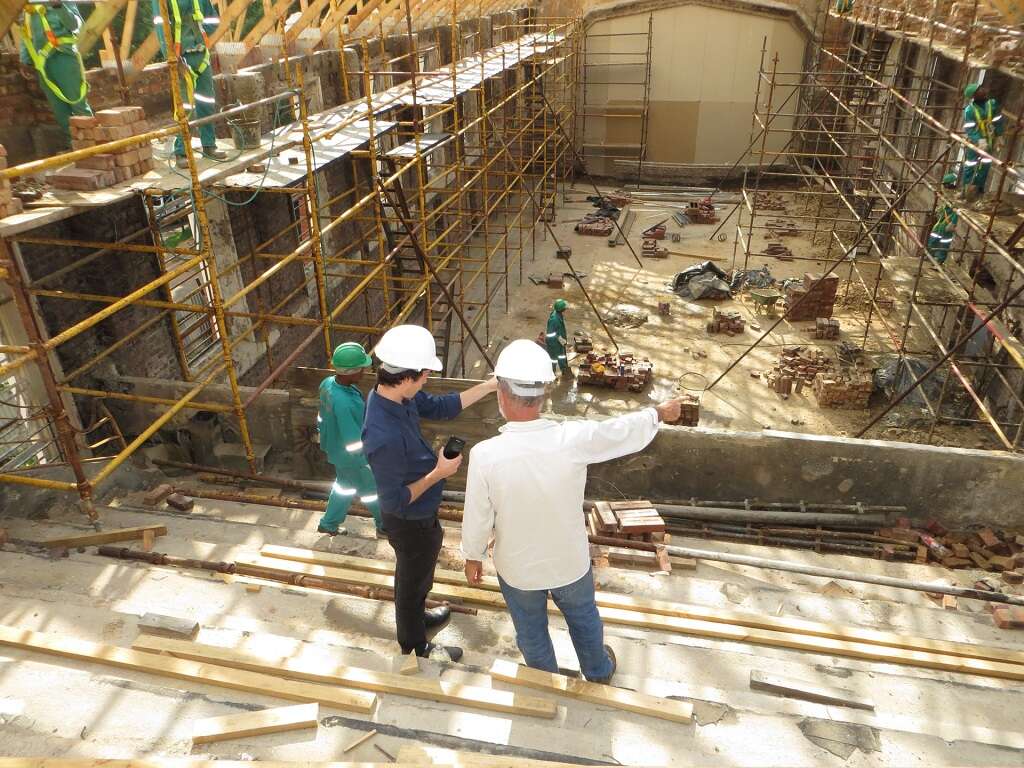
2. Who Gets Blastomycosis?
People working outdoors, such as farmers and construction workers, are more likely to be exposed to the fungi and thus develop blastomycosis. People with weakened immune systems are also more prone to developing severe blastomycosis. This includes the elderly, people with AIDS and people taking immunosuppressive medications.3‘Blastomycosis.’ NORD (National Organization for Rare Disorders), rarediseases.org/rare-diseases/blastomycosis/.
In the United States, there are approximately one or two cases of blastomycosis per 100,000 people each year. Some counties in Wisconsin have high blastomycosis incidence levels, with 10 to 40 cases per 100,000 people.2‘Blastomycosis.’ Centers for Disease Control and Prevention, Centers for Disease Control and Prevention, 29 Dec. 2020, www.cdc.gov/fungal/diseases/blastomycosis/index.html.
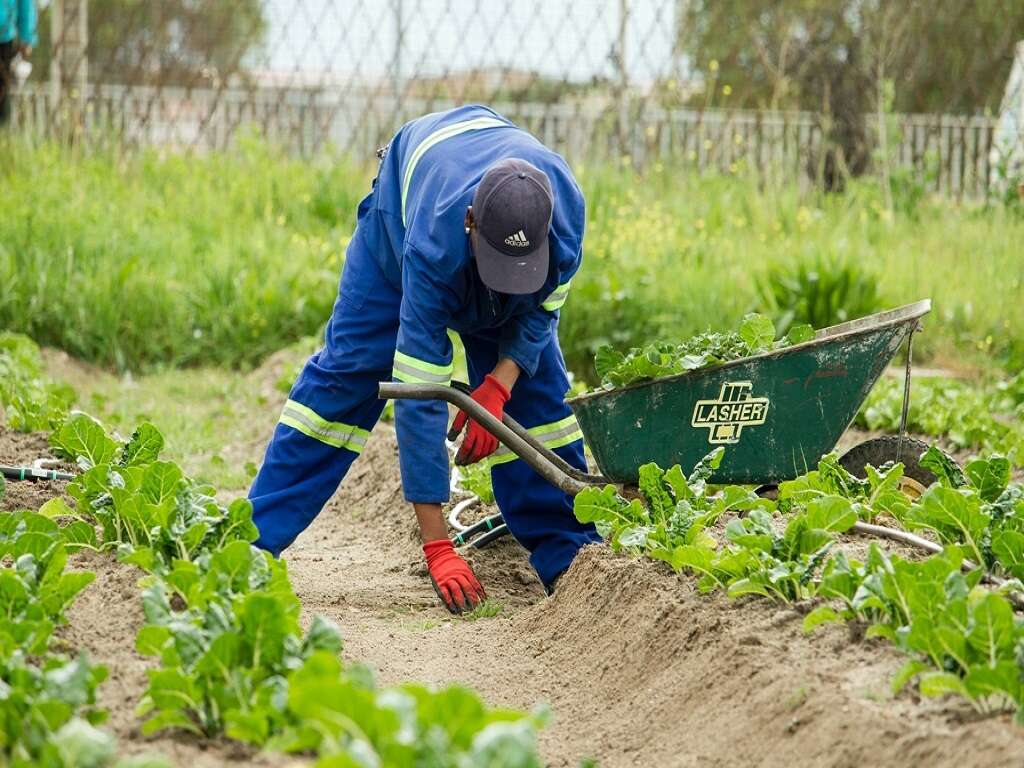
3. General Symptoms of Blastomycosis
Fever, chills, headaches and chest pain are some symptoms of blastomycosis. Coughing and breathing difficulties may also occur. Weight loss, muscle aches and night sweats are additional possible symptoms.3‘Blastomycosis.’ NORD (National Organization for Rare Disorders), rarediseases.org/rare-diseases/blastomycosis/.
Once a person inhales the spores, it may take between three weeks and three months for symptoms to appear. Only about 50 percent of those infected with the spores exhibit symptoms. In those with compromised immune systems, other symptoms may develop as the fungus spreads to other parts of the body.2‘Blastomycosis.’ Centers for Disease Control and Prevention, Centers for Disease Control and Prevention, 29 Dec. 2020, www.cdc.gov/fungal/diseases/blastomycosis/index.html.

4. Lung Symptoms of Blastomycosis
Blastomycosis often affects the lungs, causing chronic pneumonia. Chest pain, rapid heart rate, difficult breathing and a cough with thick sputum may develop. Respiratory distress syndrome may occur, in which the person hyperventilates and doesn't have enough oxygen in their blood. If this happens, the individual may need to be connected to a ventilator for breathing assistance.3‘Blastomycosis.’ NORD (National Organization for Rare Disorders), rarediseases.org/rare-diseases/blastomycosis/.
The lung symptoms of blastomycosis are similar to those of other respiratory conditions. Testing is necessary to reveal the correct diagnosis.4Coleman, John. ‘Blastomycosis.’ American Thoracic Society, Sept. 2018, www.thoracic.org/patients/patient-resources/resources/blastomycosis.pdf.

5. Skin Symptoms of Blastomycosis
Wart-like lesions on exposed areas of the skin are a common symptom of blastomycosis. They're usually raised and filled with pus. These lesions may be purplish in color and have small, painless abscesses around the edges.3‘Blastomycosis.’ NORD (National Organization for Rare Disorders), rarediseases.org/rare-diseases/blastomycosis/. As the lesions grow larger, the centers heal and leave scars.5Blastomycosis (Gilchrist Disease; North American Blastomycosis) By Sanjay G. Revankar, et al. ‘Blastomycosis - Infectious Diseases.’ Merck Manuals Professional Edition, Merck Manuals, July 2019, www.merckmanuals.com/professional/infectious-diseases/fungi/blastomycosis.
Nodular lesions may also appear under the skin. They often occur in conjunction with an active fungal infection in the lungs.3‘Blastomycosis.’ NORD (National Organization for Rare Disorders), rarediseases.org/rare-diseases/blastomycosis/.

6. Effects of Blastomycosis on Bones
Lesions may develop on the bones of people with blastomycosis, leading to the destruction of the bone. While the lesions are often painless, they may develop abscesses, which can result in bone and joint pain.3‘Blastomycosis.’ NORD (National Organization for Rare Disorders), rarediseases.org/rare-diseases/blastomycosis/.,4Coleman, John. ‘Blastomycosis.’ American Thoracic Society, Sept. 2018, www.thoracic.org/patients/patient-resources/resources/blastomycosis.pdf.
The ribs, spinal vertebrae and long bones in the legs and arms are most often affected by these lesions.3‘Blastomycosis.’ NORD (National Organization for Rare Disorders), rarediseases.org/rare-diseases/blastomycosis/. Warmth, tenderness and swelling may occur on the skin covering the afflicted bones.5Blastomycosis (Gilchrist Disease; North American Blastomycosis) By Sanjay G. Revankar, et al. ‘Blastomycosis - Infectious Diseases.’ Merck Manuals Professional Edition, Merck Manuals, July 2019, www.merckmanuals.com/professional/infectious-diseases/fungi/blastomycosis.

7. Urogenital Tract Symptoms and Other Organ Involvement
Men with blastomycosis may experience urogenital symptoms. The fungus sometimes infects the prostate and the epididymis, the tubes that transport sperm from the testes to the vas deferens. This results in swelling, pain and inflammation in the groin.
Blastomycosis may impact the central nervous system, causing meningitis or brain or epidural abscesses. The liver, spleen, gastrointestinal tract, and thyroid and adrenal glands may also be affected by the fungus.3‘Blastomycosis.’ NORD (National Organization for Rare Disorders), rarediseases.org/rare-diseases/blastomycosis/.

8. Diagnosing Blastomycosis
To diagnose blastomycosis, a health care provider takes a medical history, notes symptoms, evaluates risk factors and conducts a physical examination. Laboratory testing of blood and urine is also helpful in arriving at a diagnosis.
Other diagnostic methods include imaging tests of the lungs, tissue biopsies and collection and examination of fluid from the respiratory tract. Some test results may be available within a few days, but others may not be ready for several weeks.2‘Blastomycosis.’ Centers for Disease Control and Prevention, Centers for Disease Control and Prevention, 29 Dec. 2020, www.cdc.gov/fungal/diseases/blastomycosis/index.html.
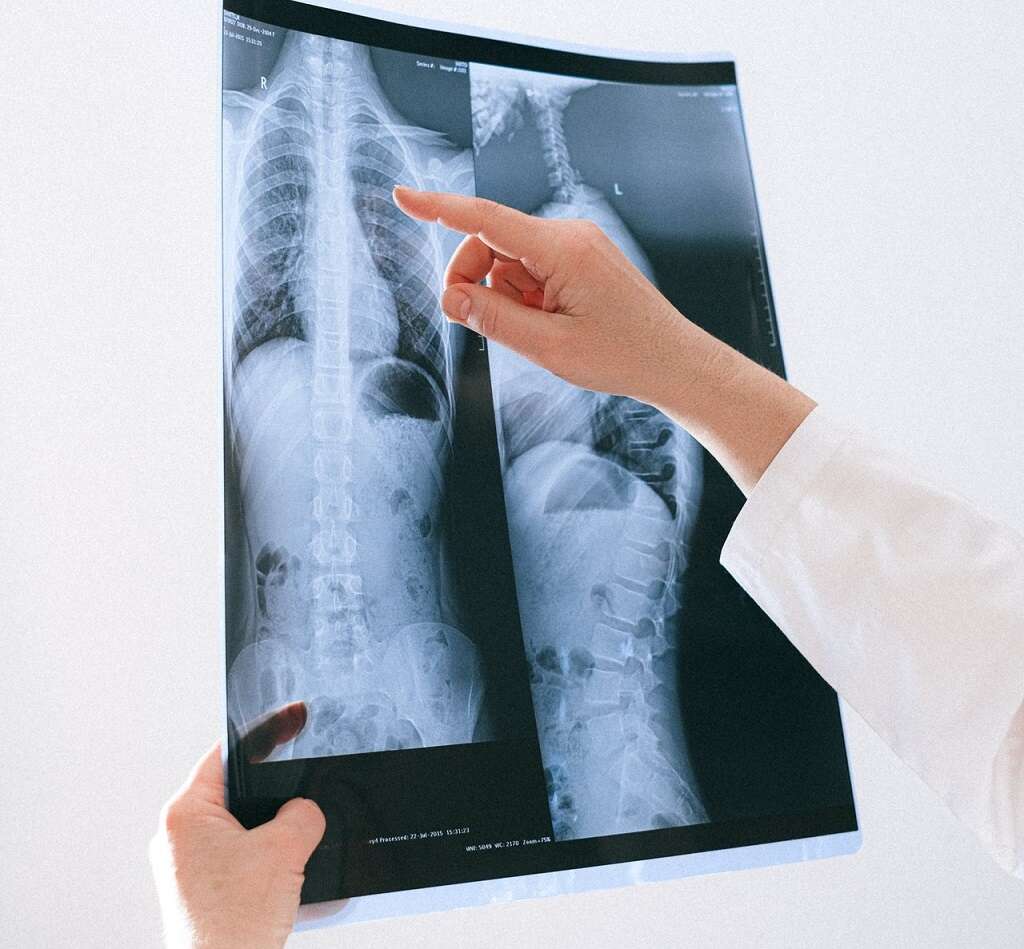
9. Treatment of Blastomycosis
Not all cases of blastomycosis require treatment. For those who need treatment, the physician selects a treatment plan based on the severity of the symptoms and whether or not the immune system is compromised.4Coleman, John. ‘Blastomycosis.’ American Thoracic Society, Sept. 2018, www.thoracic.org/patients/patient-resources/resources/blastomycosis.pdf.
Doctors use prescription antifungal medications to treat blastomycosis. For milder cases, they prescribe itraconazole, administered orally. In instances where the lungs are severely affected or the fungus has spread to other parts of the body, amphotericin B is administered intravenously. Treatment can last for six to 12 months.5Blastomycosis (Gilchrist Disease; North American Blastomycosis) By Sanjay G. Revankar, et al. ‘Blastomycosis - Infectious Diseases.’ Merck Manuals Professional Edition, Merck Manuals, July 2019, www.merckmanuals.com/professional/infectious-diseases/fungi/blastomycosis.
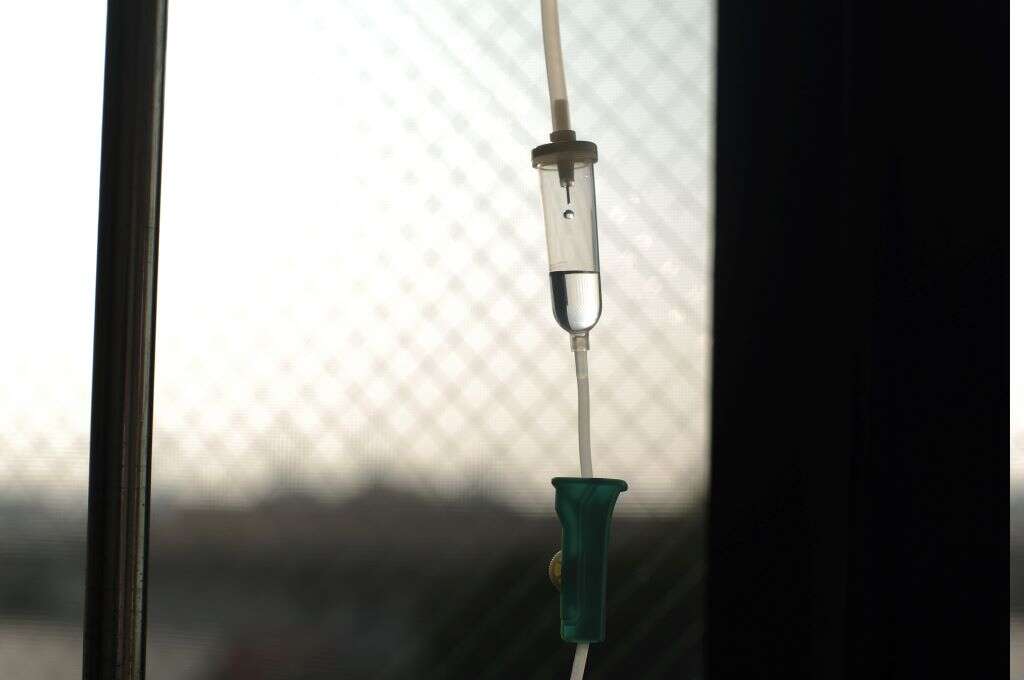
10. Prevention of Blastomycosis
Other than avoiding activities that increase the likelihood of exposure to Blastomyces dermatitidis or Blastomyces gilchristii and staying away from areas known to be likely to harbor the fungi, there's no way to prevent blastomycosis. There's no vaccine, and no soil testing methods are available to detect the presence of the fungi.1‘About Blastomycosis.’ Minnesota Dept. of Health, www.health.state.mn.us/diseases/blastomycosis/basics.html.,2‘Blastomycosis.’ Centers for Disease Control and Prevention, Centers for Disease Control and Prevention, 29 Dec. 2020, www.cdc.gov/fungal/diseases/blastomycosis/index.html.
Recognizing symptoms and seeking early diagnosis and treatment are key in mitigating the damaging effects of blastomycosis.1‘About Blastomycosis.’ Minnesota Dept. of Health, www.health.state.mn.us/diseases/blastomycosis/basics.html.
